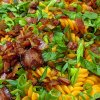

Healthy or Hype? Our Nutrition Expert Decodes the Latest Good-Fo…

Q&A with Organizational Pro Peter Walsh + Dermatologist Shares A…

Actor Hank Azaria + Freezer Meals + Artichokes 2 Ways with Rach

See Inside Barbara Corcoran's Stunning NY Apartment + It's Steak…

The Best Moments From 17 Seasons of the Show Will Make You Laugh…

How to Make Chicken and Lobster Piccata | Richard Blais

Donnie Wahlberg Spills Details About NKOTB's First Ever Conventi…

Donnie Wahlberg + Jenny McCarthy Say Rach Is Such a "Joy" + Look…

How to Make Crabby Carbonara | Rachael Ray

Rach Chats "Firsts" In Flashback From Our First Episode Ever In …
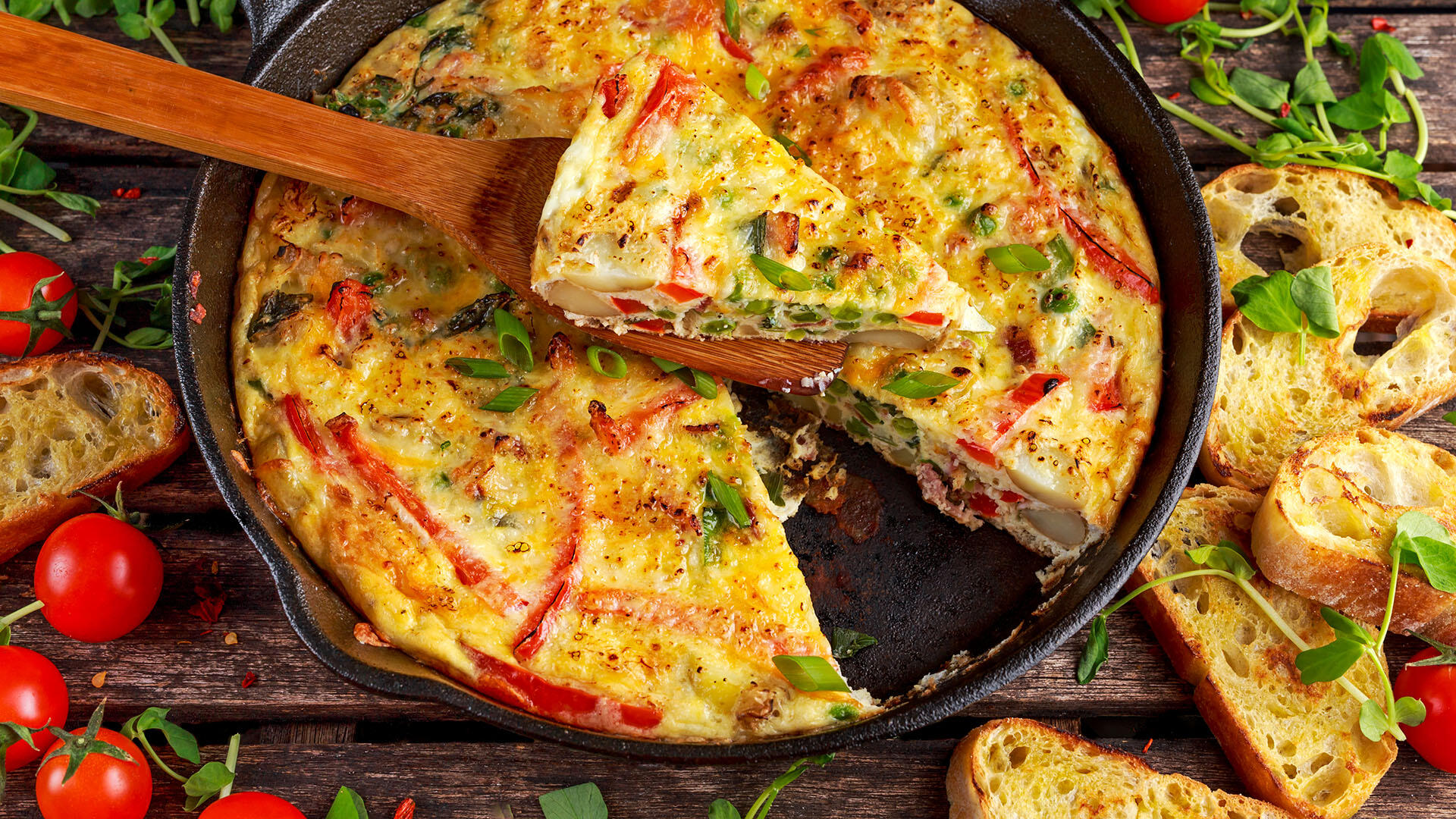
How to Make Tortilla with Potatoes, Piquillo Peppers and Mancheg…
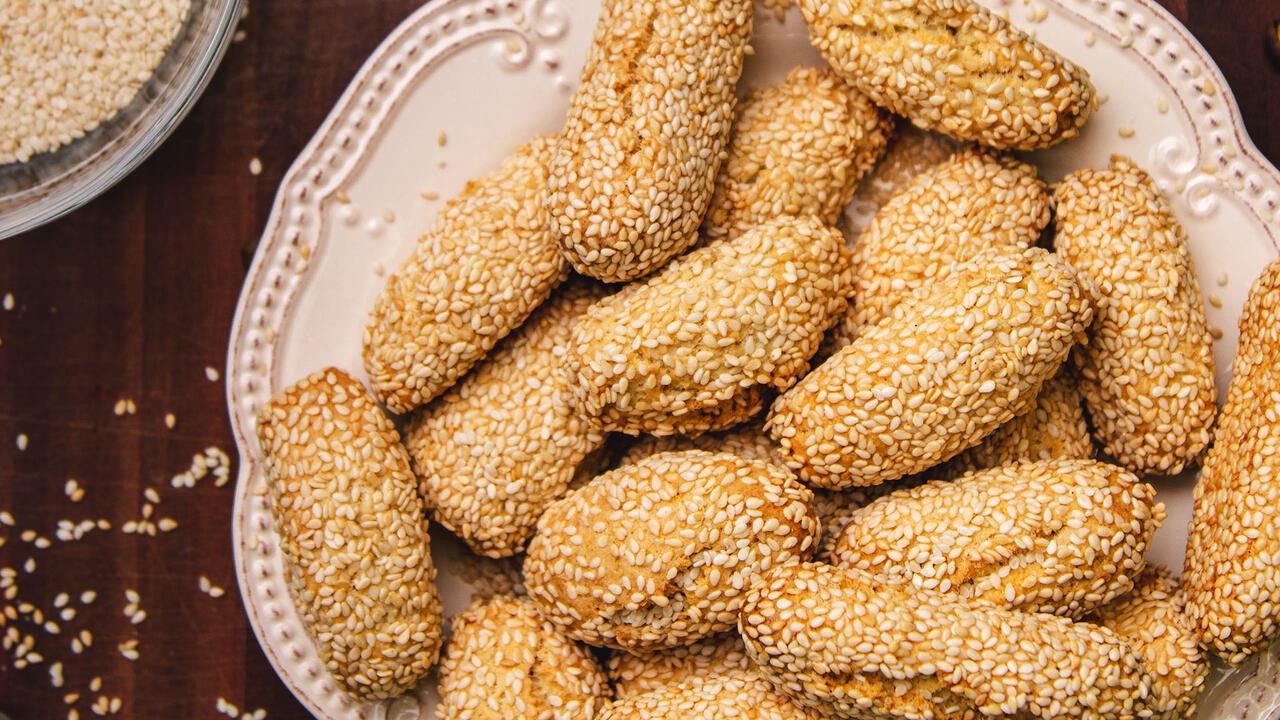
How to Make Sesame Cookies | Buddy Valastro
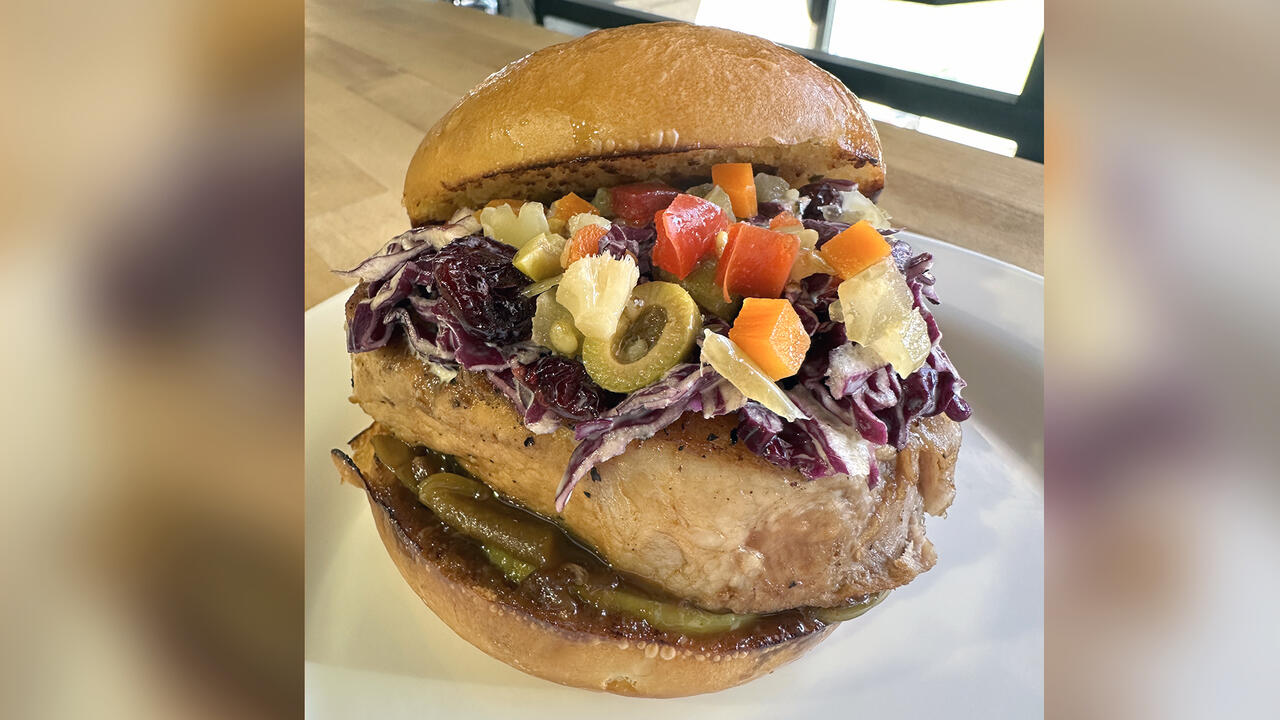
How to Make Apple-Cider Braised Pork Chop Sandwiches with Onion …

Rach's Chef Pals Say Goodbye to Show in Surprise Video Message

Celebrity Guests Send Farewell Messages After 17 Seasons of the …

Andrew McCarthy Teases Upcoming "Brat Pack" Reunion Special

How to Make Spanakopipasta | Rachael Ray

Michelle Obama Toasts Rach's 17 Years on the Air With a Heartfel…
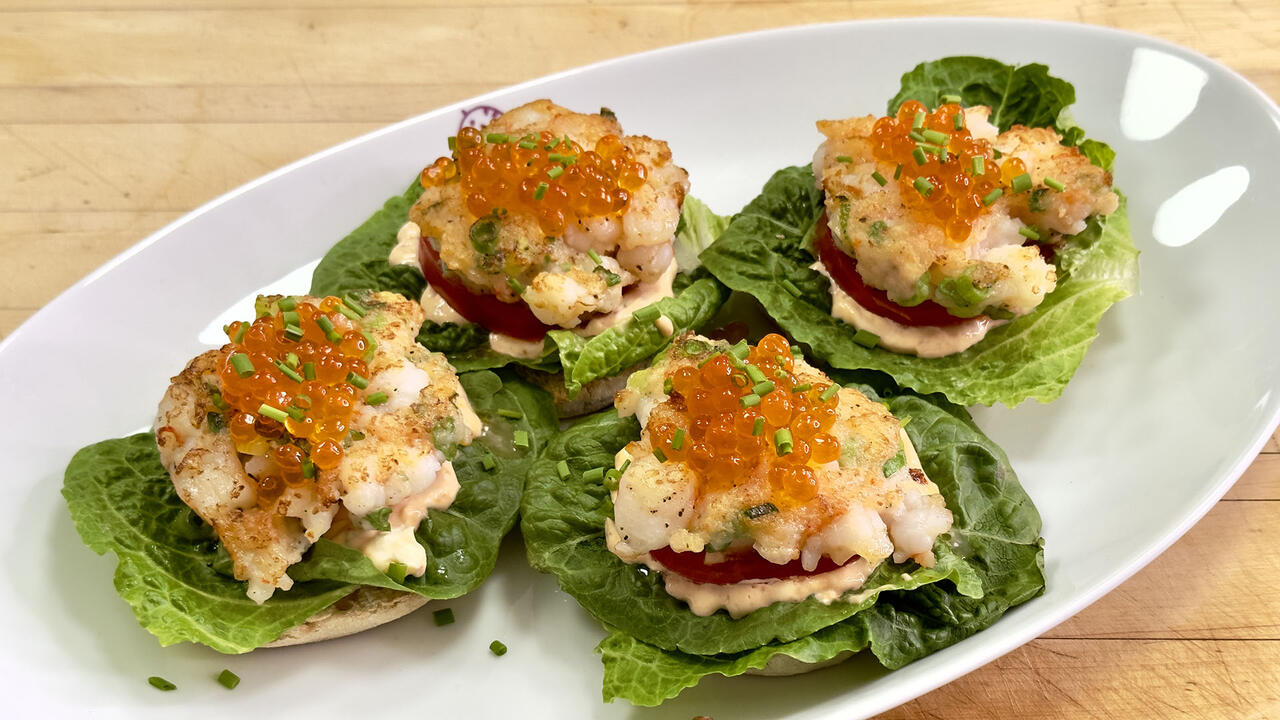
How to Make Shrimp Burgers | Jacques Pepin

Andrew McCarthy Chokes Up Discussing Emotional Trip to Spain wit…

Celebrity Guests Send Farewell Messages After 17 Seasons of the …
If your goal is to have a healthier diet, we’re right there with you!
But, with so many different so-called “healthy” options to choose from, and so much mixed information, it can be hard to figure out which are actually, in fact, healthy.
We called nationally recognized registered dietician, Keri Glassman to sort food fact from fad.
While it’s always good to have options, not every option is good for every person. It’s not 100% clear cut good and bad, so it gets complicated. A lot of times things just sound healthier and become buzzwords, but depending on your health and your goals, it may not be! says Glassman.
DAIRY
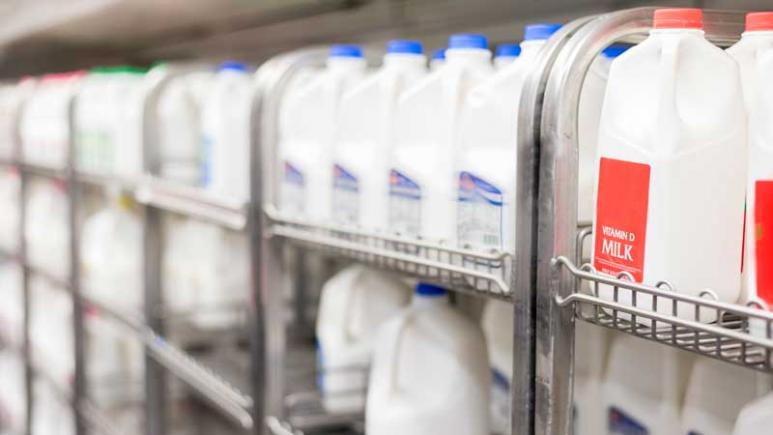
There are so many milk options out there today from cow’s milk, to almond milk, to soy, rice, and coconut milk, and that’s not even all of them!
-- Whole organic milk is low in processing so it’s the most pure form of milk. It’s the highest in protein. So, if you have trouble getting enough protein in your diet, even adding in your coffee can help. Plus, it’s high in calcium and easily accessible. Just because there are other options out there now, it’s easy to feel like they exist as an improvement, but the truth is, it doesn’t mean dairy milk is the enemy! Unless you have an intolerance or allergy, it’s a good thing! If you can, it’s worth it to go for organic, says Glassman.
-- Unsweetened almond milk is a great option if you’re looking to lose weight, or you’re allergic to dairy, or you’re vegan. Regular milk has about 100 calories per cup, and almond only has 60. Plus, it’s often fortified with calcium so it often has even more than dairy milk. Stick to the original unsweetened here. Also, look at the ingredients because sometimes there’s a seaweed-derived additive called carrageenan which has been linked to gastrointestinal problems for some people, explains Glassman.
-- Soy milk is another dairy-free option and it’s also high in protein, however, it’s often got additives like sweeteners and carrageenan and is usually highly processed.
-- Coconut milk is higher in calories, but it’s rich in fatty acids that can help lower cholesterol and improve blood pressure so depending on your health, your doctor may like that option, says Glassman.
-- Rice milk is a great option for people who suffer from a lot of allergies, because it is the least likely to trigger a reaction, explains Glassman. However, the downside is that it has little to no protein and not much calcium, so it’s really just a good milk substitute if nothing else works!
“Ultimately, for me, I’m picking up almond milk and whole milk.” -Glassman
CHIPS
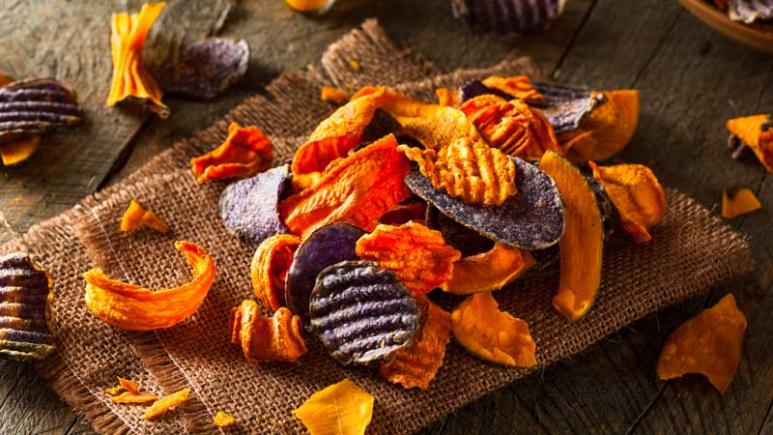
Ok, let’s talk about chips! No one thinks chips are health food, but in the past few years, a lot of healthier seeming options have come out, says Rach. Right! It’s great that we’re trying to get better, but if you’re going to try something new, it should actually be better, says Glassman.
-- Vegetable chips may sound healthy, but according to Glassman it’s like a wolf in sheep’s clothing. They do tend to have less calories and maybe slightly more vitamins and fiber, but remember, potatoes are vegetables too, explains Glassman. Many of them are potato-based with a little of something green added in for effect. Again, you’ve got to read the labels.
Try this recipe for crunchy, homemade kale chips!
-- Baked chips will save you about 40 calories and 8 grams of fat per serving. But, Glassman says they aren’t "health food." They’re still made of potatoes and fat, making them a high calorie snack.
-- Air popped chips are low calorie and that seems great, but to get that shape, they go through a lot of processing, says Glassman. So much so, that they’ve lost most of the natural potato’s actual nutritional value. As a general rule, she says the less processed, the better.
-- Bean chips aren’t a replacement for eating beans, but they do have more fiber and protein than regular chips. Plus, Glassman says they usually have less sodium, too.
“So, if I’m buying chips, I’m getting bean chips!” - Glassman
BURGERS
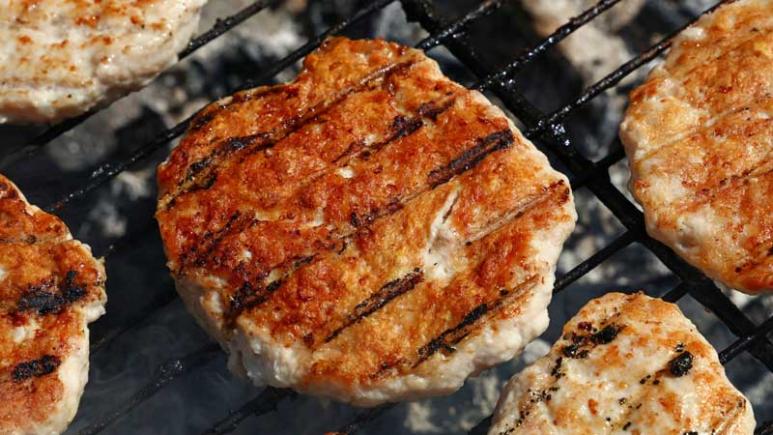
Finally, we’re talking burgers: beef, turkey, or veggie!
-- Grass-fed beef and turkey burgers have about a difference of 15 calories and 2 grams of fat. Ultimately, if you’re getting high-quality ingredients, there isn’t a huge nutritional difference between the two. However, if you’ve had a steak the night before, maybe switch things up and go turkey. Also, if you can, Glassman says she thinks it’s worth it to splurge for organic when buying meat.
If you’re ordering from a restaurant, that changes things. Beef is less likely to have added ingredients and fillers. Unless the turkey burger is listed as all white meat, it’s likely a mix of white, dark, and even skin which will make it higher in fat that you may have thought, explains Glassman. Plus, since they have less fat to begin with, it’s easy to dry out a turkey burger, so it’s often cooked in excess fat.
Try this healthy turkey burger recipe from Bob Harper.
-- Veggie burgers are good because they do often have less fat and calories and more fiber, says Glassman. However, you do really have to read the ingredients. You want to see whole, real ingredients. Many have additives like processed soy proteins and MSG which can be hidden in lots of confusing non-food names, and are allergens for some people.
When dining out, ask how veggie burgers are prepared, because they are often deep fried for added flavor, and if you’re not a vegetarian and just eating to try to save calories, you may as well go for a grilled beef burger.
“So in this case, I’m going with grass fed beef. I eat all 3, but if I ultimately want a burger, I’m going beef” - Glassman
THE BOTTOM LINE
Always try to stick to simple ingredients that you understand and don’t just be sold by buzzwords!
MORE:
Montel Williams' Approach to Health
Oprah on Why She Stopped Making New Year’s Resolutions
4 Delicious New Health Food Trends You’ll Want to Gobble Up

